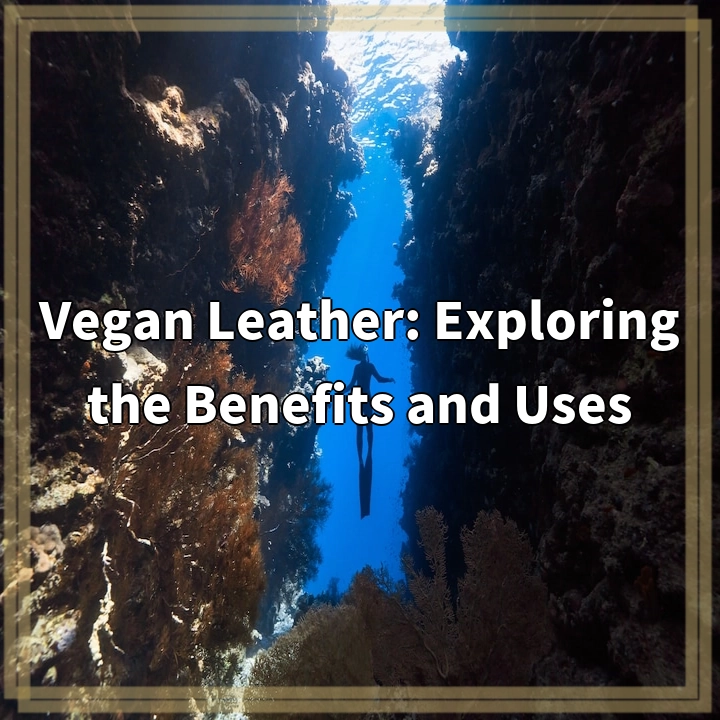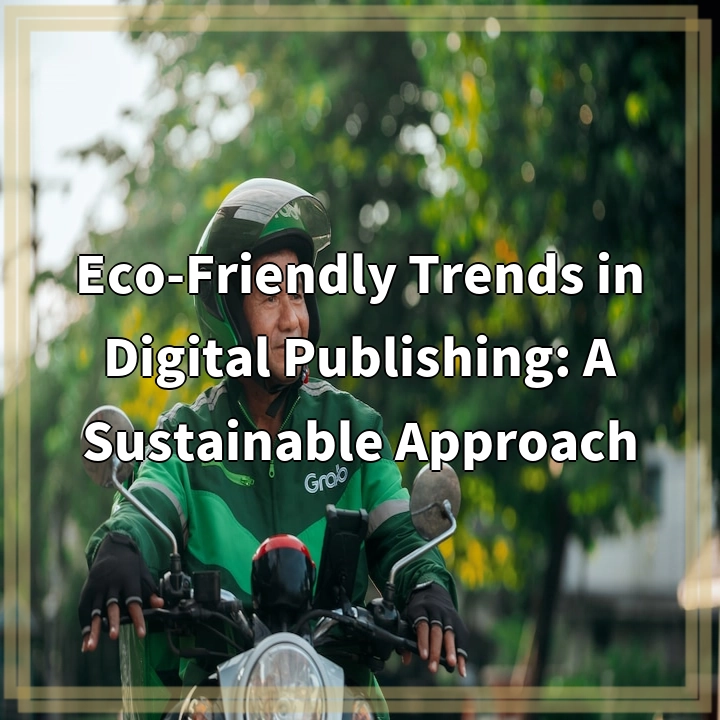
What is Vegan Leather?
Vegan leather, also known as faux leather or synthetic leather, is a material that is designed to mimic the look and feel of traditional animal leather without using any animal products. It is typically made from materials such as polyvinyl chloride (PVC) or polyurethane (PU) which are coated onto a fabric backing.
Real-World Problems Associated with Vegan Leather
While vegan leather has gained popularity among environmentally conscious consumers as an alternative to animal leather, it is not without its own set of challenges and drawbacks. Here are a few real-world problems associated with vegan leather:
1. Environmental Impact of Production
Despite being animal-free, the production of vegan leather can still have a significant environmental footprint. The manufacturing process often involves the use of toxic chemicals such as phthalates and solvents that can be harmful to both human health and the environment. Additionally, the non-biodegradable nature of many vegan leather materials contributes to the growing issue of plastic waste.
2. Durability and Longevity
Another challenge with vegan leather is its durability and longevity compared to genuine leather. In some cases, vegan leather may not be as robust or long-lasting, leading to faster wear and tear. This can result in a higher turnover of products, which in turn increases environmental impact and resource consumption.
3. Limited Breathability
Unlike genuine leather, vegan leather often lacks breathability. This means that it may not allow air and moisture to pass through the material as easily. This lack of breathability can make vegan leather items less comfortable to wear, especially in hot and humid climates.
4. Lack of Recycling and Disposal Options
When it comes to the end-of-life stage of vegan leather products, there are limited options for recycling or proper disposal. Due to the synthetic materials used, it can be challenging to separate and recycle the different components. As a result, much of the vegan leather ends up in landfills, contributing to the waste management problem.
5. Misleading Marketing and Greenwashing
Finally, one of the real-world problems associated with vegan leather is the issue of misleading marketing and greenwashing. Some brands may use terms like “eco-friendly” or “sustainable” to market their vegan leather products, even though the manufacturing process or materials may still have negative environmental impacts. This can make it difficult for consumers to make informed choices and navigate the market effectively.

Potential Solutions for Vegan Leather Challenges
While there are real-world problems associated with vegan leather, it’s important to note that there are also potential solutions being explored. Here are some avenues that hold promise for addressing the challenges discussed:
1. Sustainable Manufacturing Practices
One solution is to promote the use of sustainable manufacturing practices for vegan leather production. This includes utilizing safer and more eco-friendly chemicals, investing in renewable energy sources, and reducing water consumption and waste. By implementing these practices, the environmental impact of vegan leather production can be significantly reduced.
2. Innovation in Material Development
Researchers and scientists are also exploring the development of new materials that can replicate the qualities of genuine leather while being more sustainable. Innovations such as plant-based alternatives, biofabrication techniques, and biodegradable materials show promise in creating vegan leather options that are more environmentally friendly and durable.
3. Recycling and Circular Economy Initiatives
Efforts are being made to enhance the recycling and circular economy aspects of vegan leather. Finding ways to efficiently separate and recycle the components of vegan leather products can reduce waste and reduce the need for raw materials. Additionally, exploring new recycling technologies and promoting consumer awareness about disposal options can contribute to a more sustainable lifecycle for vegan leather.
4. Transparent and Ethical Marketing Practices
Ensuring transparency and ethical marketing practices is essential for combating greenwashing in the vegan leather industry. Brands should provide accurate and clear information about the production processes, materials used, and any associated certifications or standards. This allows consumers to make informed choices and supports a more sustainable and ethical market for vegan leather.
5. Consumer Education and Awareness
Educating consumers about the challenges and complexities of vegan leather is vital. By increasing awareness and understanding, consumers can make conscious and informed purchasing decisions. Supporting brands that prioritize sustainable and ethical practices and advocating for change within the industry can have a significant positive impact on the future of vegan leather.















